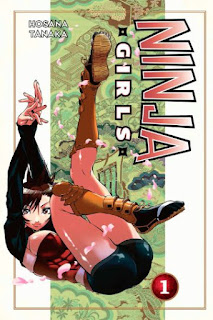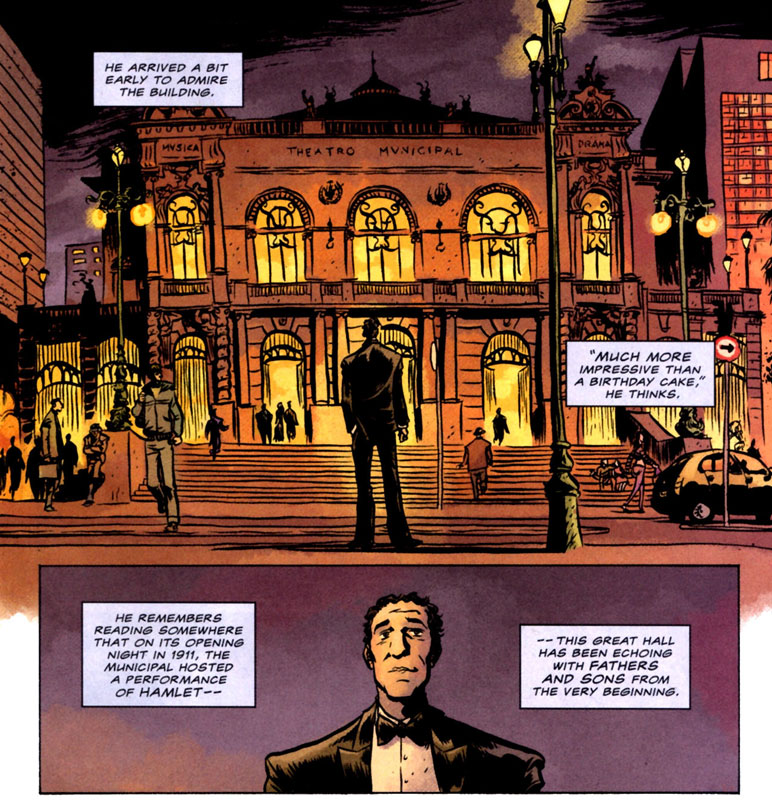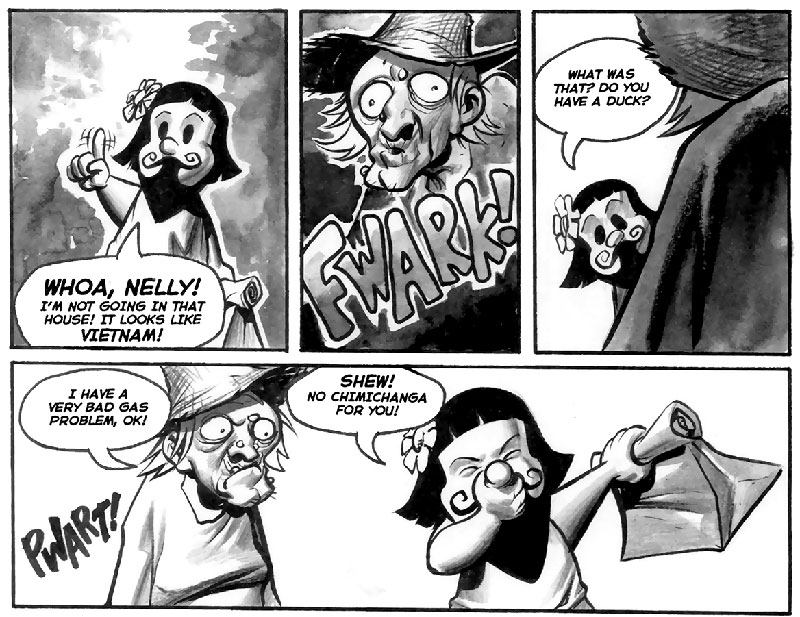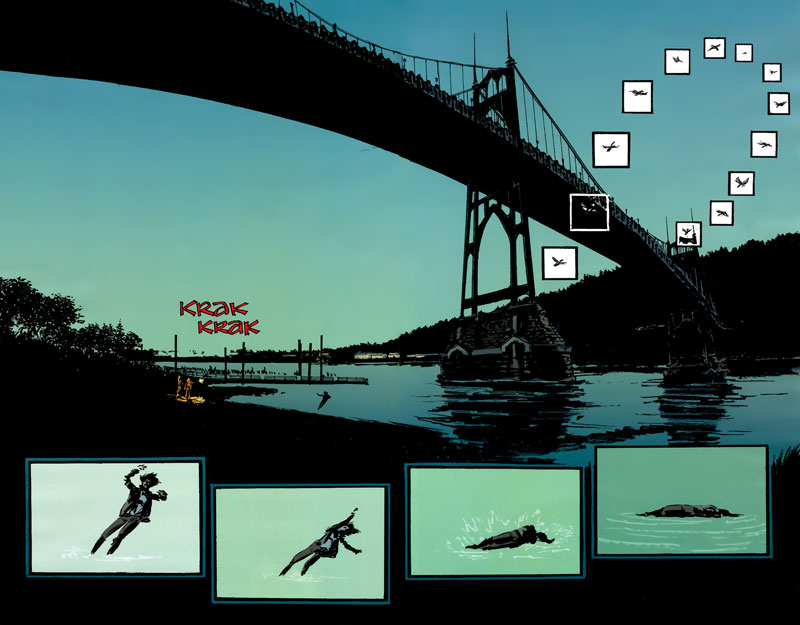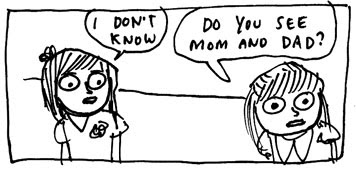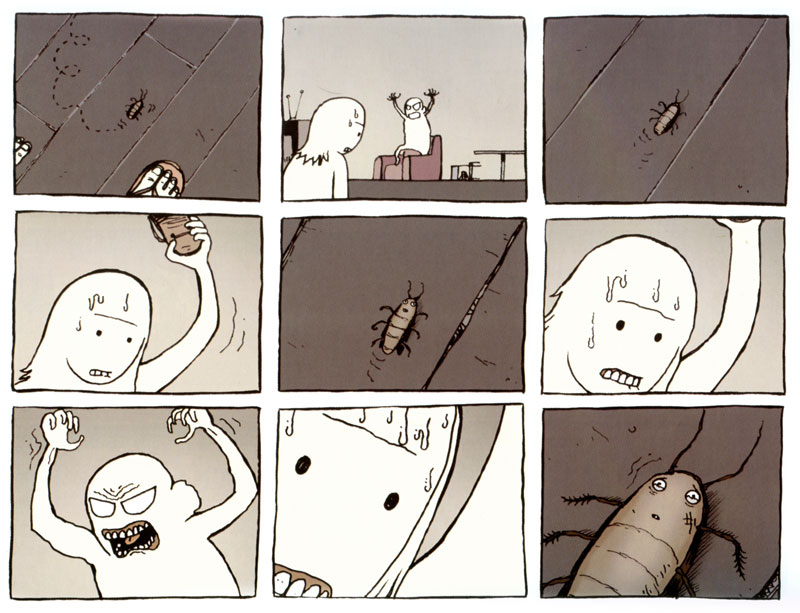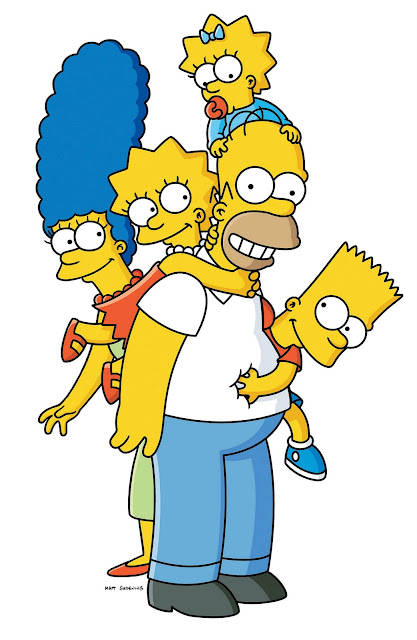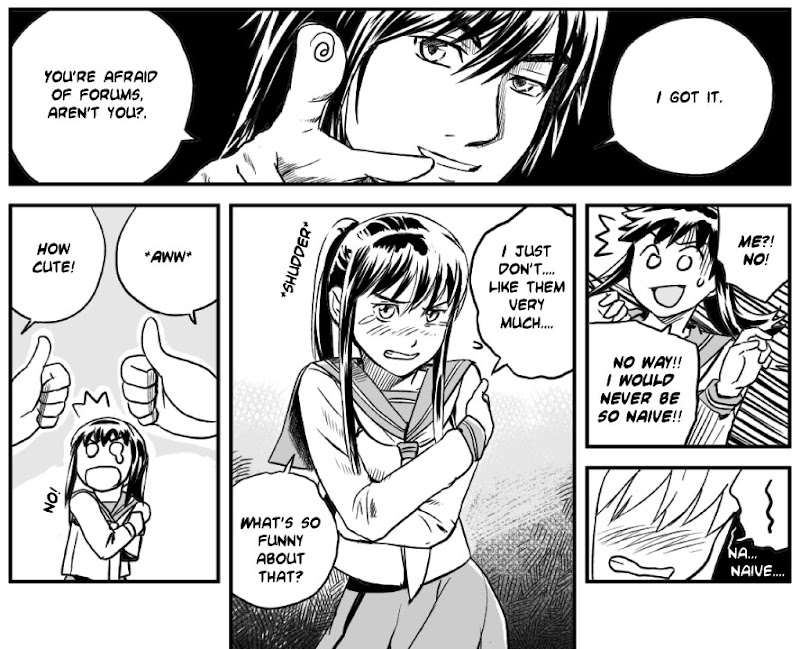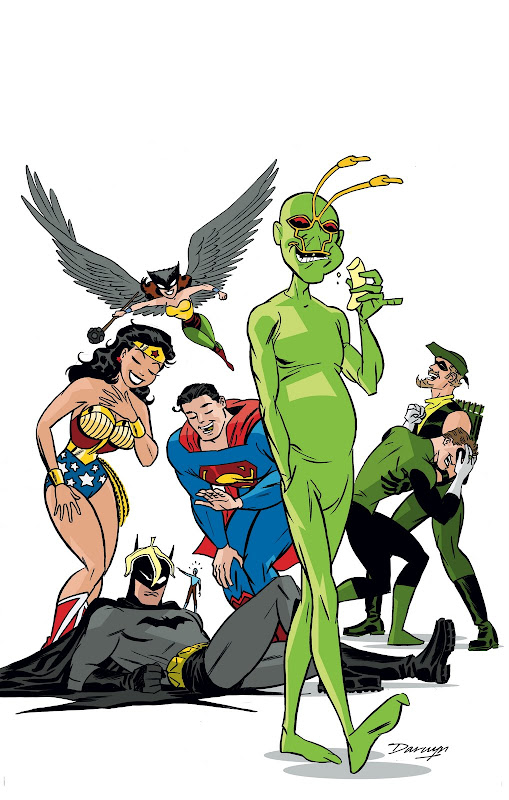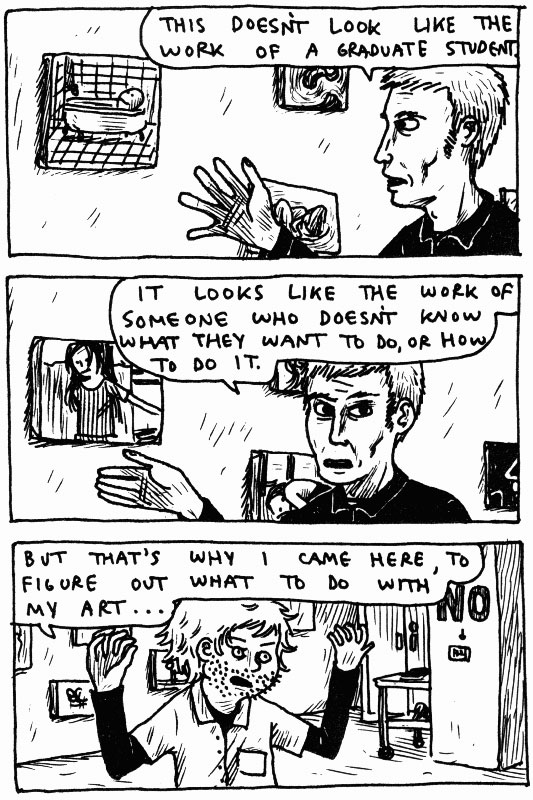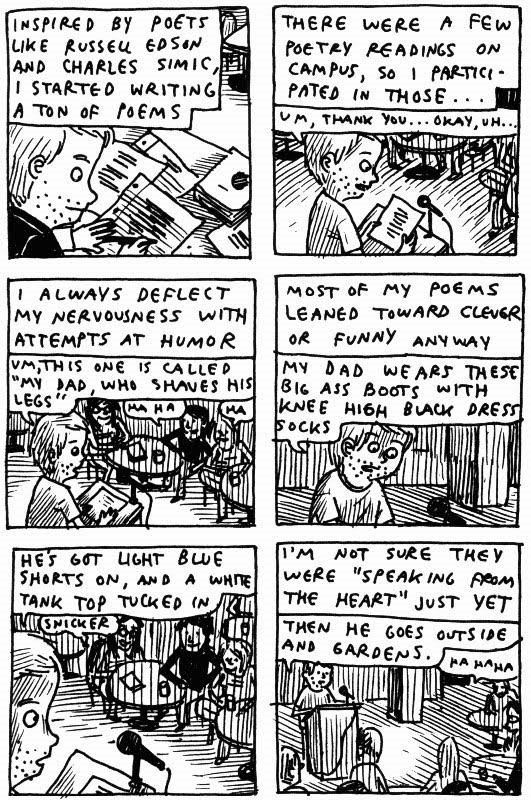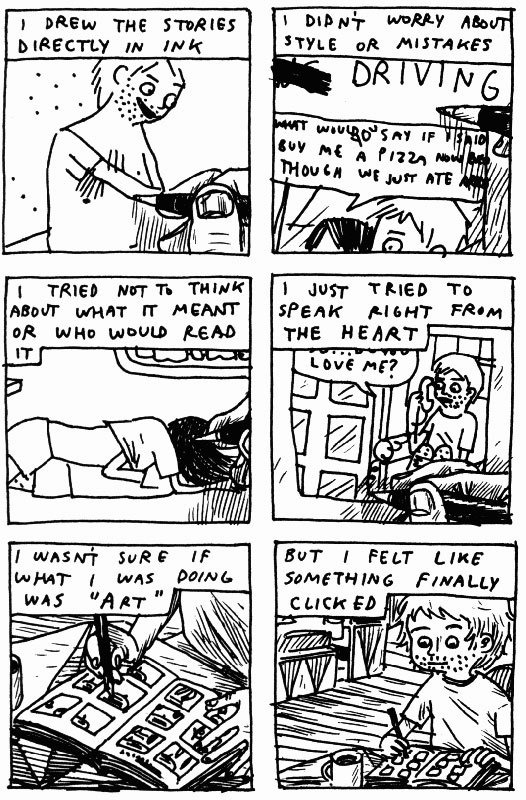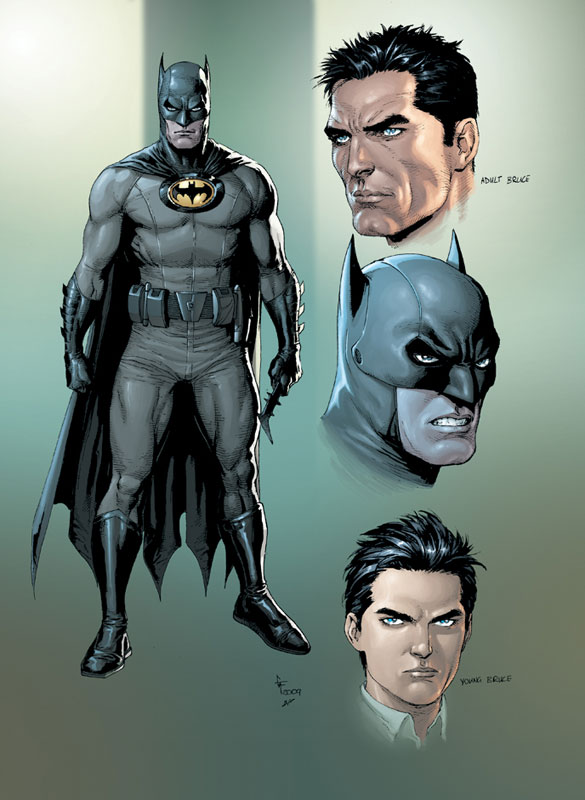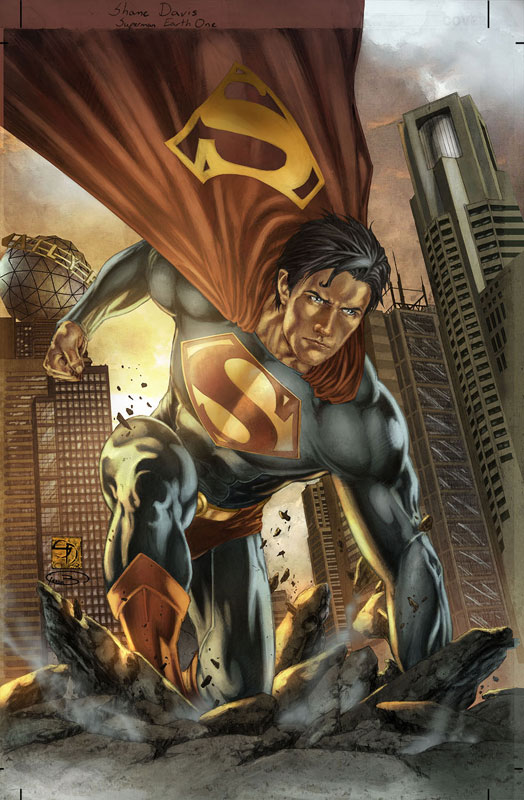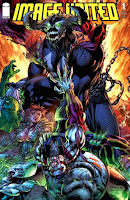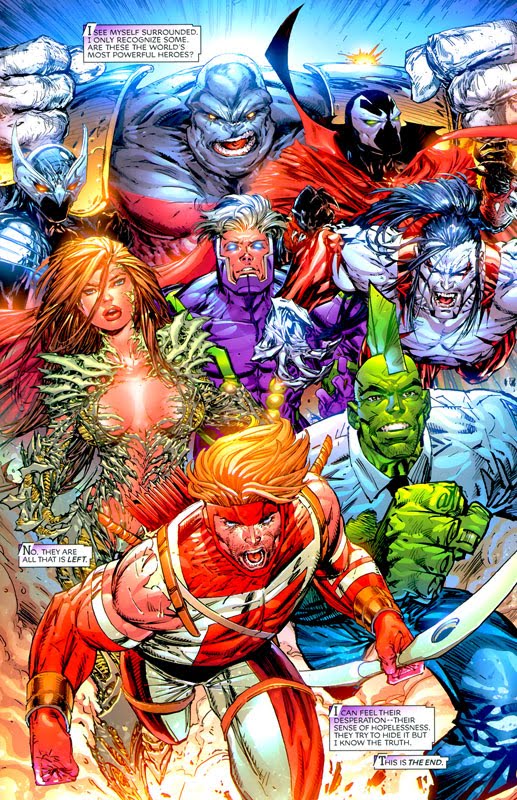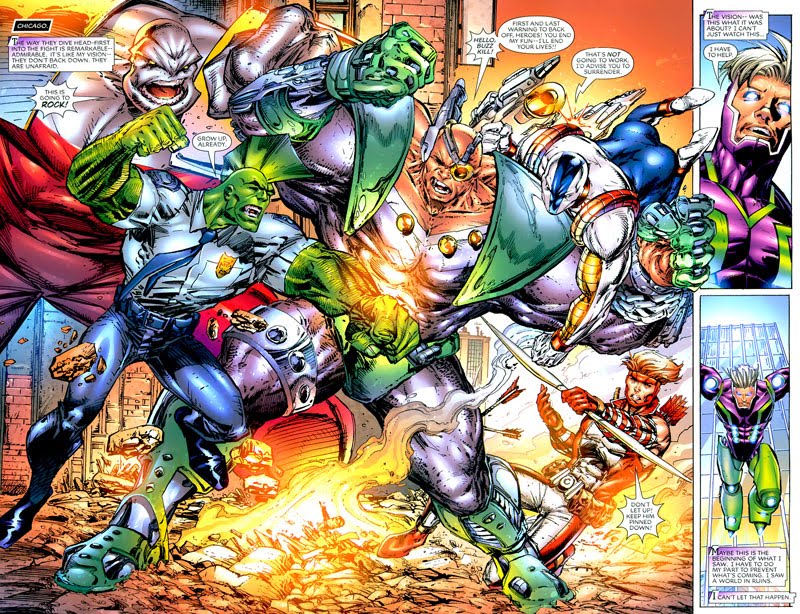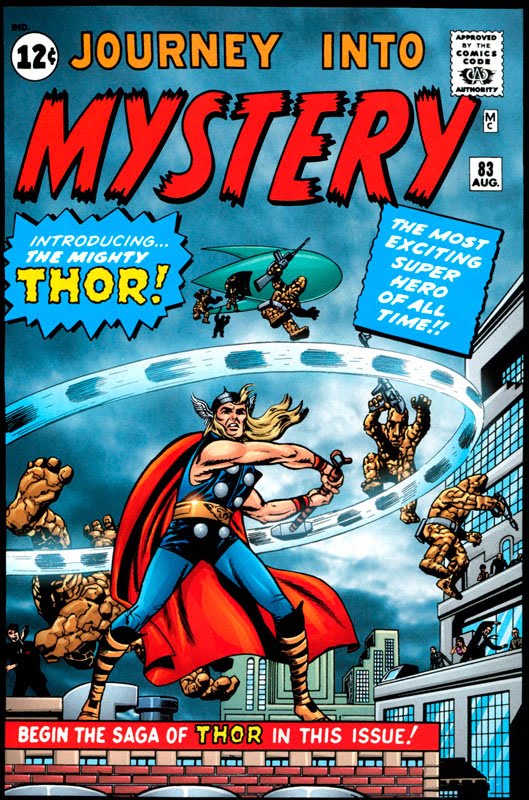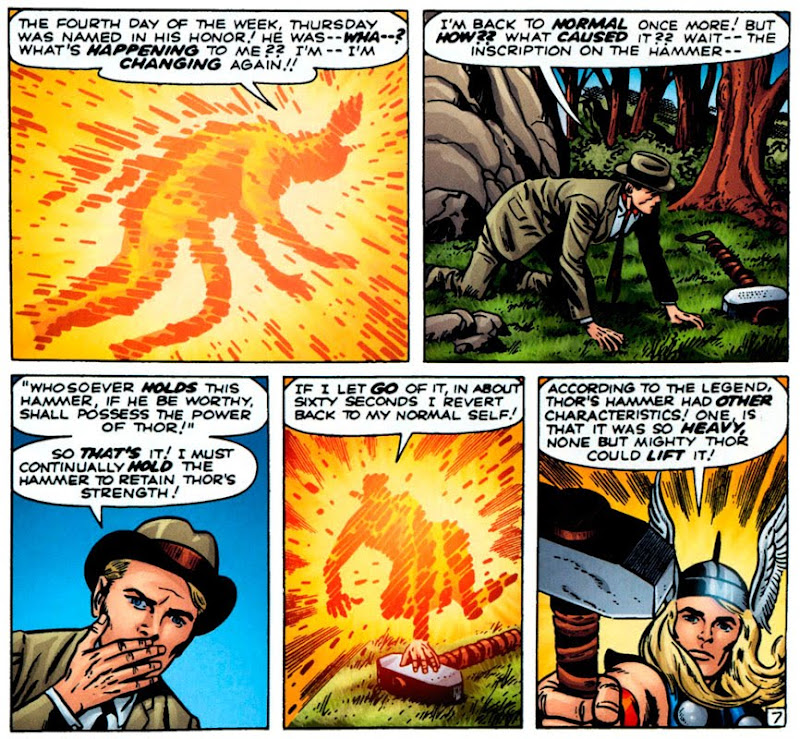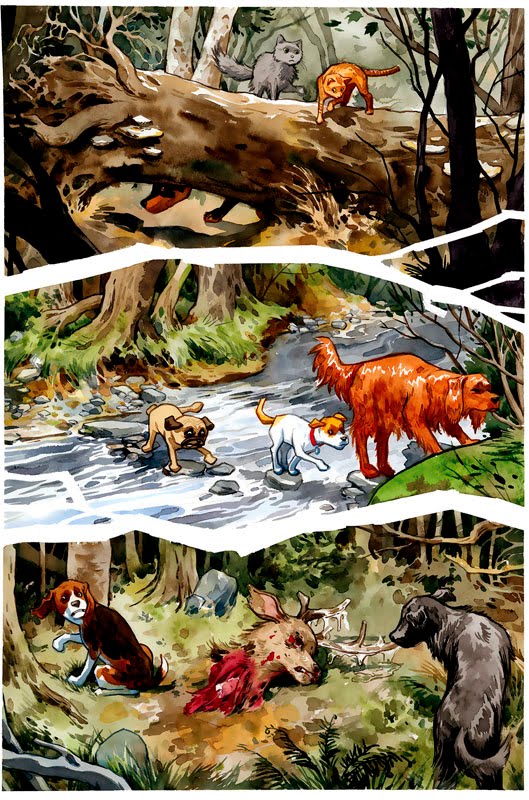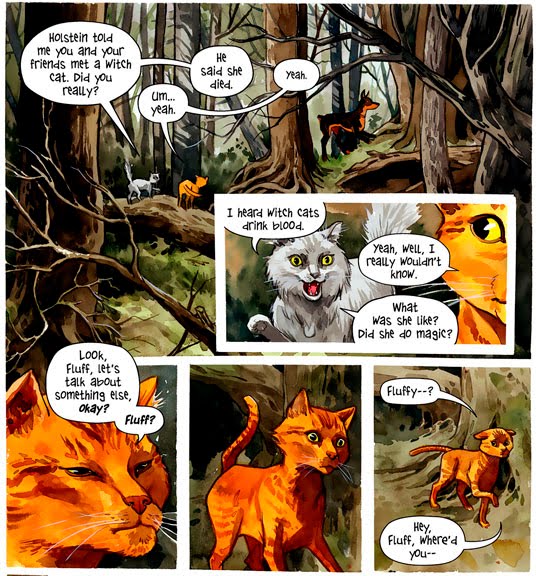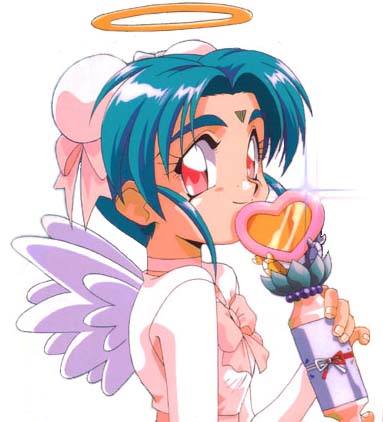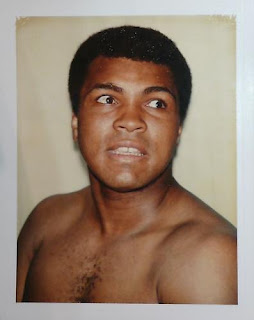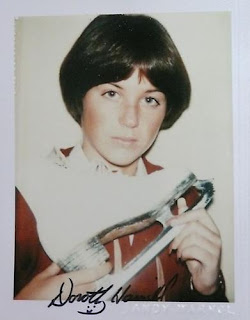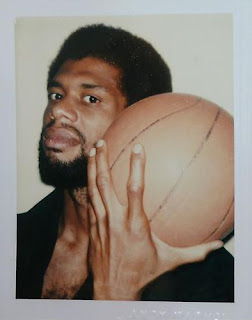Koryū meets Harem Comedy
With all hubbub about how the manga bubble has apparently burst in Japan, I thought I would close the year by looking at two manga that combine two of Japan's more stereotypically retrograde aspects of Japanese fandom: A fantasy-fueled obsession with the country's classical military traditions (koryū bujutsu); and a more recent pandering to the fan notion that even the most pathetic males are truly special, and can even cause several formidable females to fight over him. We're a long way off from when Ittō Ogami walked the meifumadō during his quest for vengeance.
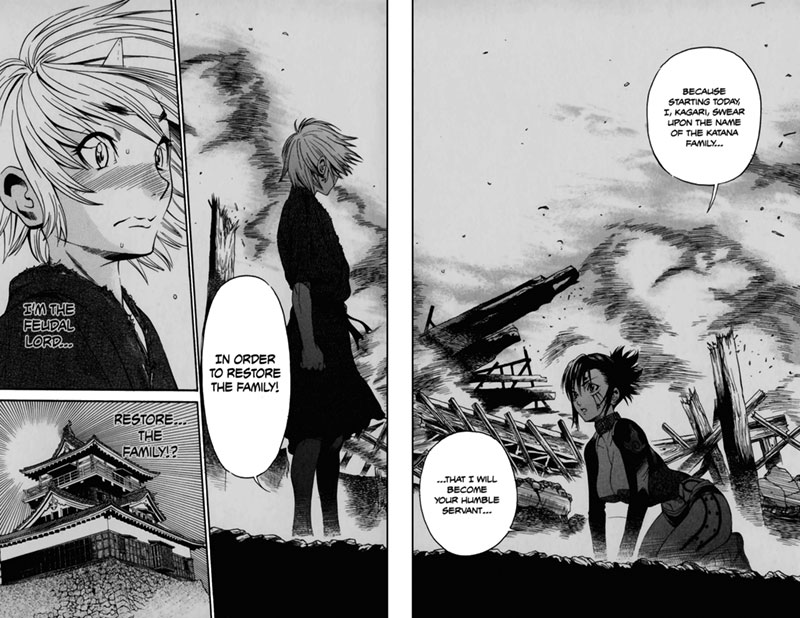 In Hosana Takana's story Ninja Girls, an orphan boy named Raizō wanders the battle scarred landscape of the Sengoku Period trying to eke out a living. This is made more difficult by the fact that he's shunned by everyone because he has a short horn growing out of his forehead. As it turns out, his disfigurement is actually a fortuitous sign. One by one, a trio of kunoichi find him and explain that his horn proves that he is the last surviving member of a once powerful feudal clan. Being faithful servants, they swear to protect Raizō and help him rebuild the clan. But more than that, they're all very attracted to his kind and gentle nature. The manga's requisite first girl Kagari is the shy and retiring type that no one expects to be a competent warrior. And indeed when they first meet, Raizō saves her from almost drowning in a shallow pool. She possess a kind of ninja superpower that dramatically increases her strength and resilience to physical injury. But Kagari has so little control over it that she claims it only works "when the man I want to kiss watches me". Obviously she means Raizō. That's what passes for female empowerment in shonen manga these days.
In Hosana Takana's story Ninja Girls, an orphan boy named Raizō wanders the battle scarred landscape of the Sengoku Period trying to eke out a living. This is made more difficult by the fact that he's shunned by everyone because he has a short horn growing out of his forehead. As it turns out, his disfigurement is actually a fortuitous sign. One by one, a trio of kunoichi find him and explain that his horn proves that he is the last surviving member of a once powerful feudal clan. Being faithful servants, they swear to protect Raizō and help him rebuild the clan. But more than that, they're all very attracted to his kind and gentle nature. The manga's requisite first girl Kagari is the shy and retiring type that no one expects to be a competent warrior. And indeed when they first meet, Raizō saves her from almost drowning in a shallow pool. She possess a kind of ninja superpower that dramatically increases her strength and resilience to physical injury. But Kagari has so little control over it that she claims it only works "when the man I want to kiss watches me". Obviously she means Raizō. That's what passes for female empowerment in shonen manga these days.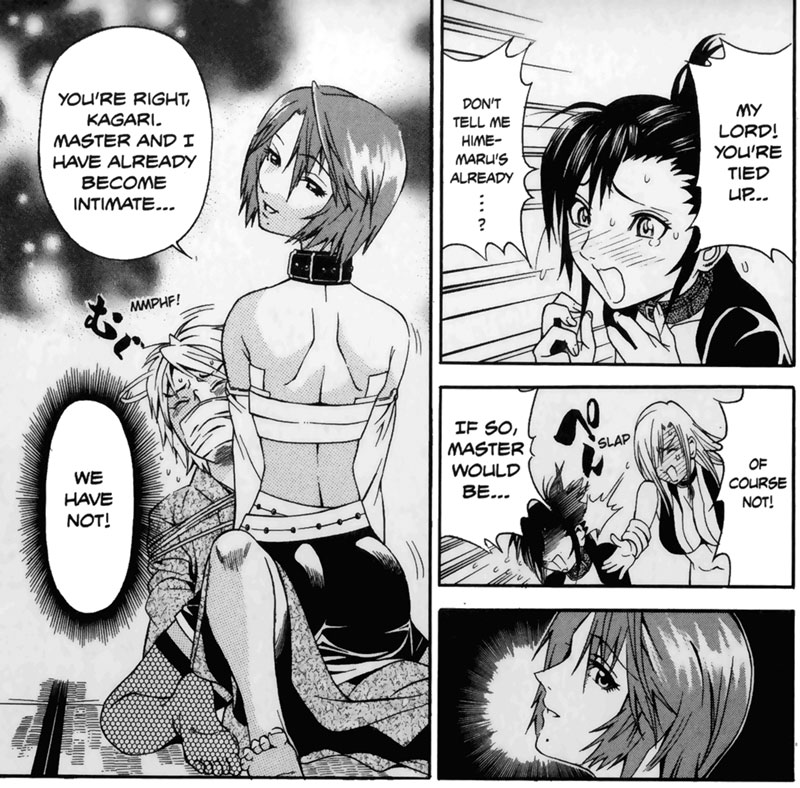 The setup owes a lot to the Tenchi Muyo franchise: The hero is a nonentity who discovers his aristocratic heritage while acquiring a squabbling unwanted harem. While there is a threat lurking in the background that pushes the plot forward, most of the volume centers on the domestic farce of the hero trying to broker peace between his servants/wannabe lovers. Despite the addition of one flamboyant cross-dresser, the characters designs aren't as oddball as Tenchi's. The humor just leans slightly more towards the sweet and sentimental than the wacky and violent.
The setup owes a lot to the Tenchi Muyo franchise: The hero is a nonentity who discovers his aristocratic heritage while acquiring a squabbling unwanted harem. While there is a threat lurking in the background that pushes the plot forward, most of the volume centers on the domestic farce of the hero trying to broker peace between his servants/wannabe lovers. Despite the addition of one flamboyant cross-dresser, the characters designs aren't as oddball as Tenchi's. The humor just leans slightly more towards the sweet and sentimental than the wacky and violent. 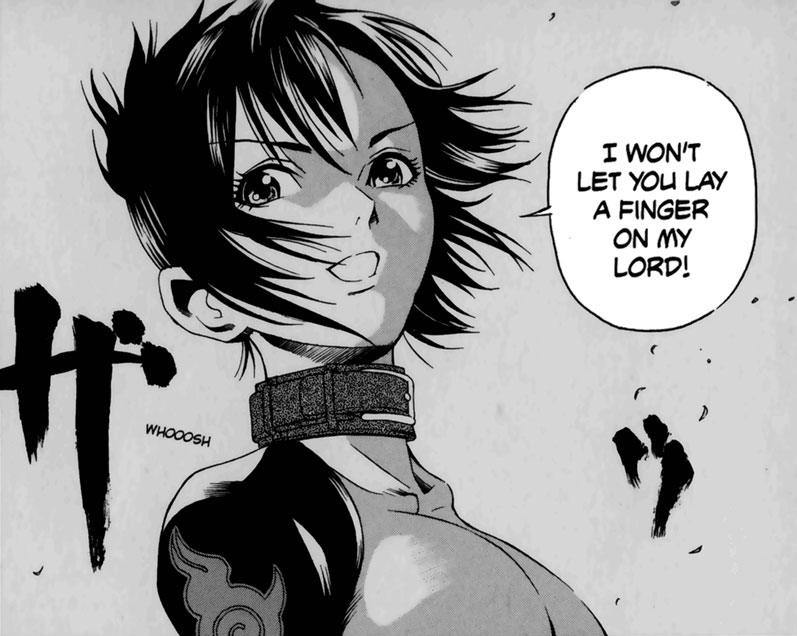 In Samurai Harem: Asu no Yoichi! by Yū Minamoto, Yoichi Karasuma has spent all his life in the mountains with his father, training to be a bushi (a well worn cliche). But when his father realizes that his son has surpassed him, he sends him to train with the Ikaruga family, a related martial clan living in the big city. But Mr. and Mrs. Ikaruga are away indefinitely, and Yoichi must learn to cohabit with their four daughters. Unfortunately, he makes a pretty bad first impression at their first meeting. Despite their reservations, the eldest sibling Ibuki convinces her sisters to accept him out of a sense of obligation, if nothing else. Like his figurative ronin counterpart Keitaro Urashima, Yoichi the literal ronin has to figure out his place in the world by first trying to understand and appease his opposite-sex housemates. But the Love Hina comparisons don't extend far beyond that. Samurai Harem doesn't have any of its predecessor's wit or manic energy.
In Samurai Harem: Asu no Yoichi! by Yū Minamoto, Yoichi Karasuma has spent all his life in the mountains with his father, training to be a bushi (a well worn cliche). But when his father realizes that his son has surpassed him, he sends him to train with the Ikaruga family, a related martial clan living in the big city. But Mr. and Mrs. Ikaruga are away indefinitely, and Yoichi must learn to cohabit with their four daughters. Unfortunately, he makes a pretty bad first impression at their first meeting. Despite their reservations, the eldest sibling Ibuki convinces her sisters to accept him out of a sense of obligation, if nothing else. Like his figurative ronin counterpart Keitaro Urashima, Yoichi the literal ronin has to figure out his place in the world by first trying to understand and appease his opposite-sex housemates. But the Love Hina comparisons don't extend far beyond that. Samurai Harem doesn't have any of its predecessor's wit or manic energy.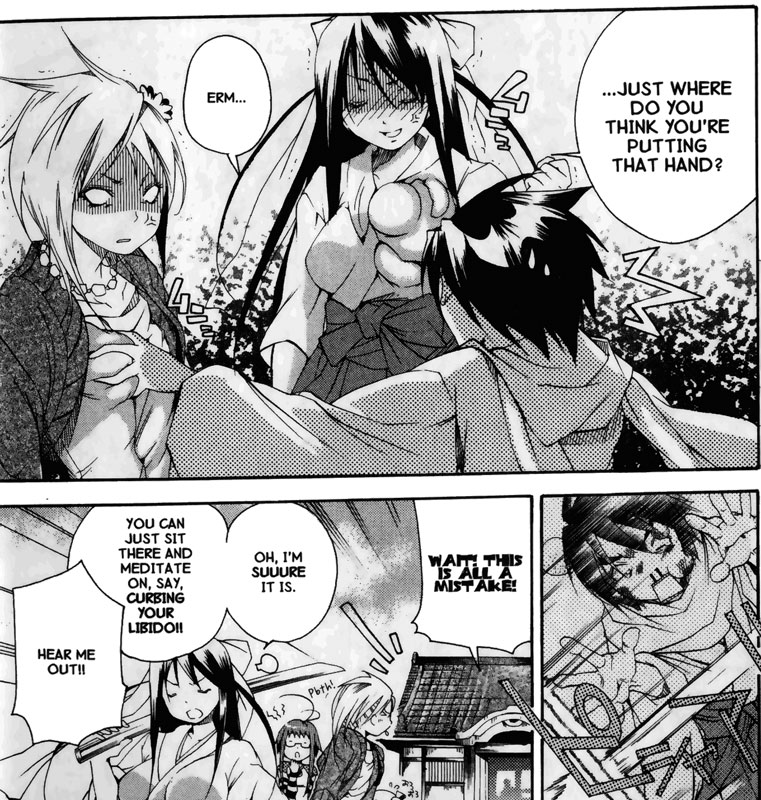
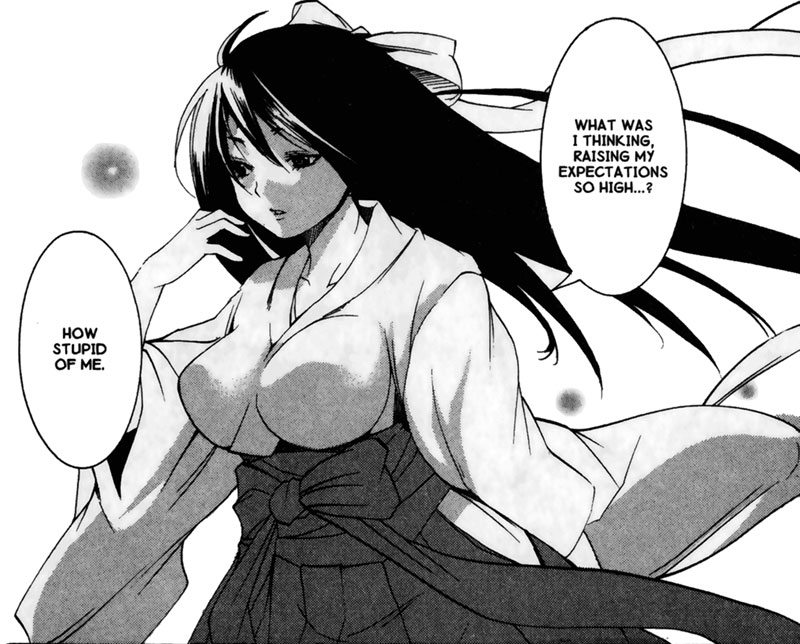 Looking at the two manga side by side, it's obvious which is far more gratuitous. The Ninja Girls female leads and their antagonists are dressed in anachronistic costumes which reveal way to much skin to be functional. But the fanservice quota doesn't extend far beyond this, which might disappointment certain fans. The manga is wallows in emotional the wish fulfillment of every nebbish who wants to be the center of attention of a bevy of pretty girls. To use the fans' own vernacular, there's more deredere than tsuntsun behavior.
Looking at the two manga side by side, it's obvious which is far more gratuitous. The Ninja Girls female leads and their antagonists are dressed in anachronistic costumes which reveal way to much skin to be functional. But the fanservice quota doesn't extend far beyond this, which might disappointment certain fans. The manga is wallows in emotional the wish fulfillment of every nebbish who wants to be the center of attention of a bevy of pretty girls. To use the fans' own vernacular, there's more deredere than tsuntsun behavior. However with Samurai Harem, there's a lot more tsuntsun directed against Yoichi by the Ikarugas; with the deredere emerging as they gradually learn to trust him. The manga pokes fun at his old-fashioned formal behavior, his manly code of chivalry, and dedication to an antique artform. He may not be a bumbling otaku, but the end result is that this yokel just as clueless and totally unprepared to deal with his new environment. Both manga use traditional domestic role playing as a comedic resource: At one point both male leads fall sick and the women fall over each other trying to nurse him back to health. Minamoto's visuals push the T&A element to much greater extremes: The Ikaruga siblings range from elementary to high school age; and Yoichi first meets each of either while they're barely clothed; or he somehow accidentally gropes them. Actually Minamoto often doesn't even bother to use him as an excuse to draw many between the leg shots. The female physiques possess unrealistic proportions; and their clothing clings to them in a manner similar to American superhero comics.
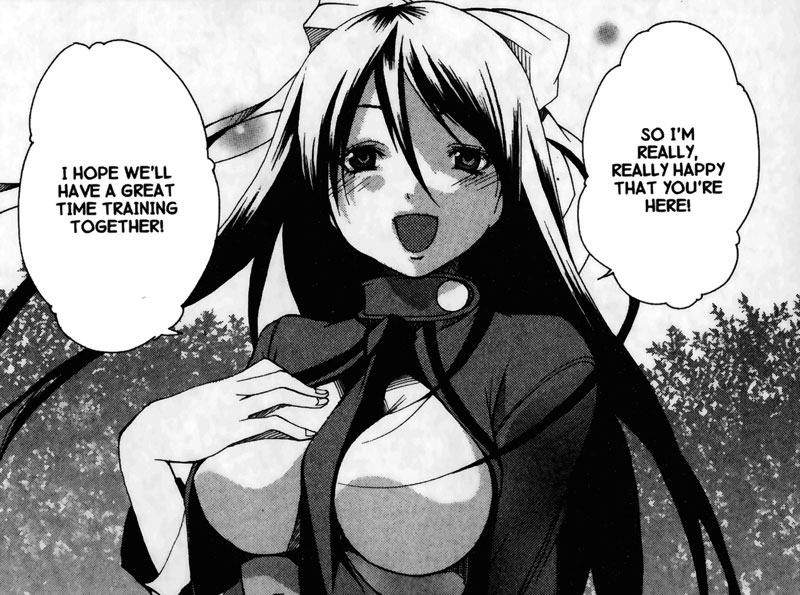 While the battles in Ninja Girls are mostly earnest affairs, the lack of any serious threats in Samurai Harem means that the fights have a more comedic shonen quality. Yoichi's would-be rival is a stereotypical school bully/delinquent whose fearsome reputation has the unfortunate side effect of scaring away the girls he likes. Their confrontations could be described as a misunderstanding between two equally clueless individuals who embody two different forms of machismo: straight-laced honor vs. teenage rebellion.
While the battles in Ninja Girls are mostly earnest affairs, the lack of any serious threats in Samurai Harem means that the fights have a more comedic shonen quality. Yoichi's would-be rival is a stereotypical school bully/delinquent whose fearsome reputation has the unfortunate side effect of scaring away the girls he likes. Their confrontations could be described as a misunderstanding between two equally clueless individuals who embody two different forms of machismo: straight-laced honor vs. teenage rebellion.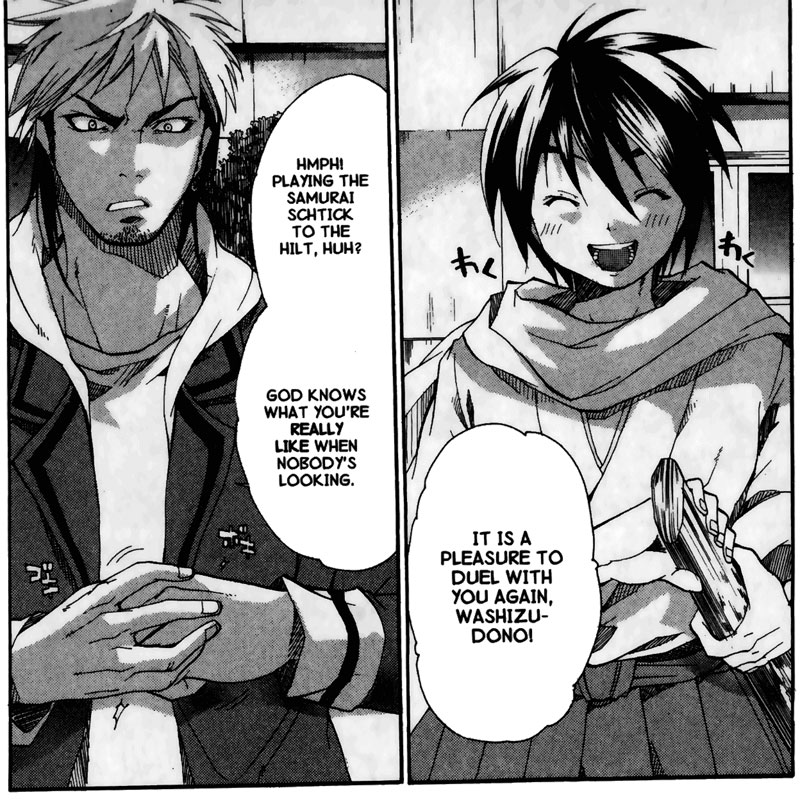 Both manga manage to conflate duty, subservience, sacrifice, bravery, filial piety, with romantic love. Love means devotion to your master - preferably one that's distantly related by blood or a tradition of past service. Add some butt-kicking, female infighting, cleavage or underwear shots, and all is good.
Both manga manage to conflate duty, subservience, sacrifice, bravery, filial piety, with romantic love. Love means devotion to your master - preferably one that's distantly related by blood or a tradition of past service. Add some butt-kicking, female infighting, cleavage or underwear shots, and all is good.

